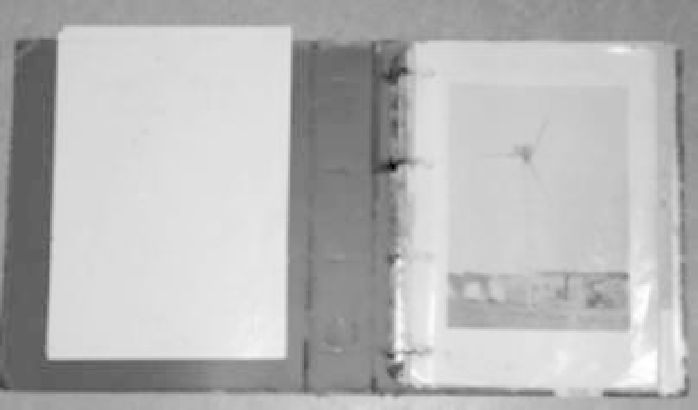Environmental Engineering Reference
In-Depth Information
of that kind of alliances in a society goes far beyond what can be
measured immediately and is part of the process, which in 1985
caused Denmark ultimately to give up plans of introducing atomic
power.
It was for the sake of their commercial interest, rather than
for the sake of energy policy, that the blacksmiths,
their
organisation favoured wind power. For this reason it was vital
to motivate the members into manufacturing wind turbines. A
prototype 22 kW was made at H. Poulsen & Søn in Lyngs, using
technical counselling of NIVE. In his youth Henning Poulsen
had worked with la Cour-type windmills. For his son, Bendy, wind
power soon became an engagement, which took up his working
hours as well.
The design was to belong to the Danish Blacksmiths' Association,
but in principle it was at the disposal of all interested parties.
via
Figure 7.22
Blacksmith's handbook for windmill design from the Danish
Blacksmiths' Association.
There were some changes in comparison to Fjendbo's first
NIVE windmill: The windmill was supplied with yaw rotors (they
did a good job with Riisager) and it was to be blacksmiths, not
electricians, who were going to produce the windmill. However,
the choice of yaw rotor was a mistake, it was not a technology that
pointed forward, it represented something
. On the other
hand, the windmill got a sturdy and in particular a low-noise gear
altmodisch



Search WWH ::

Custom Search